ARTIST PROFILE: Senior Alexis de Chaunac's art to be exhibited starting May 17 at ART 3 Gallery in Brooklyn
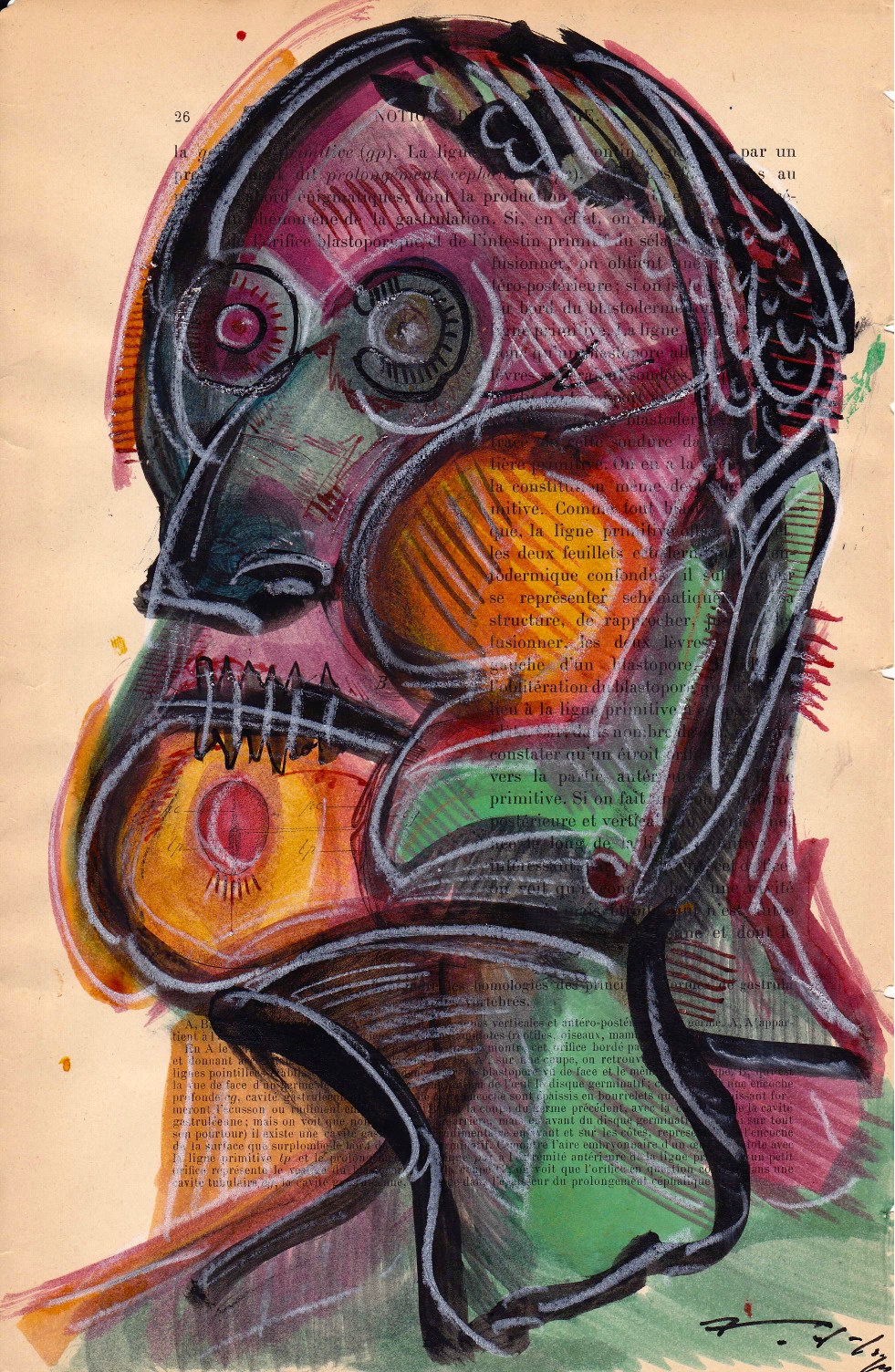
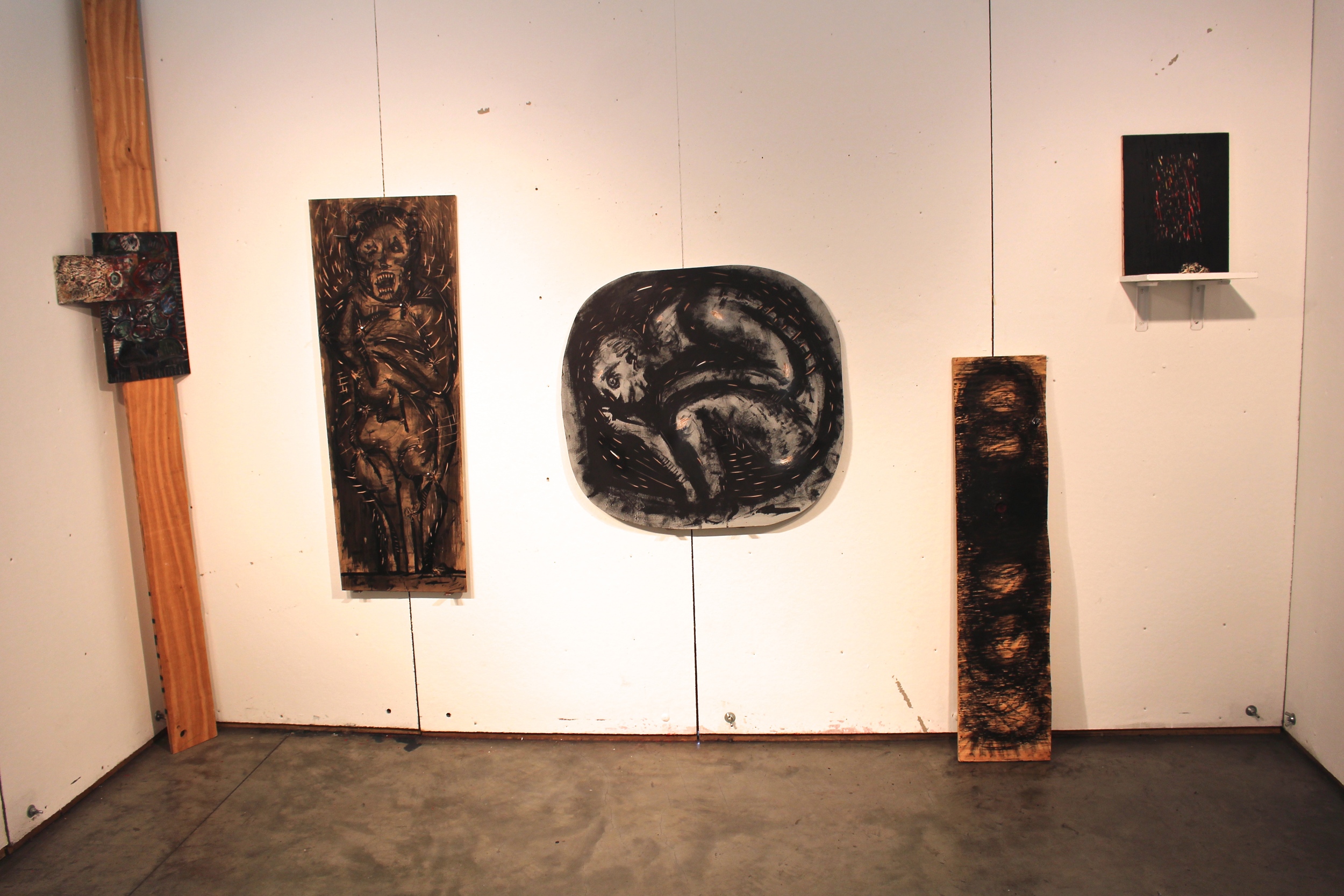
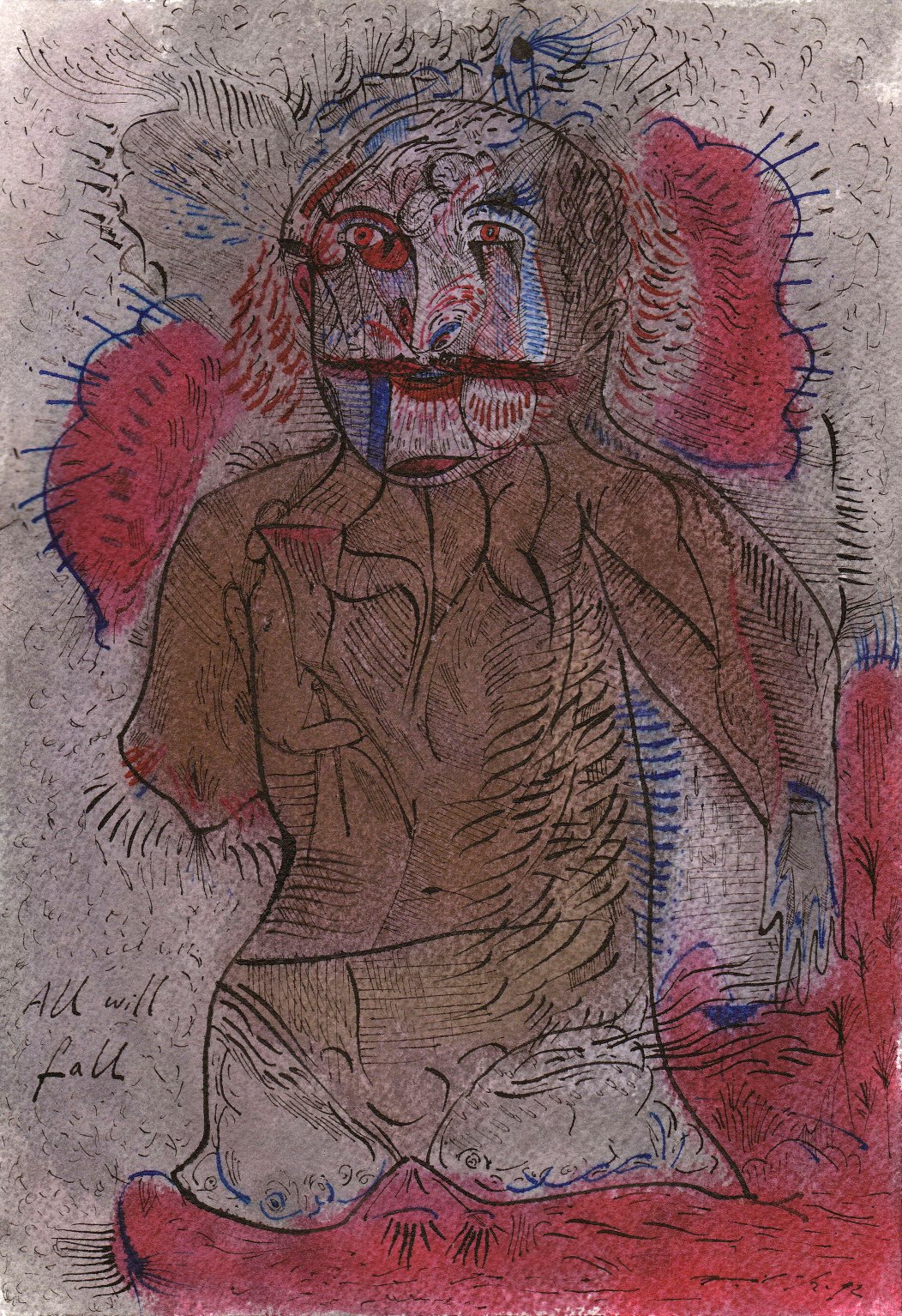
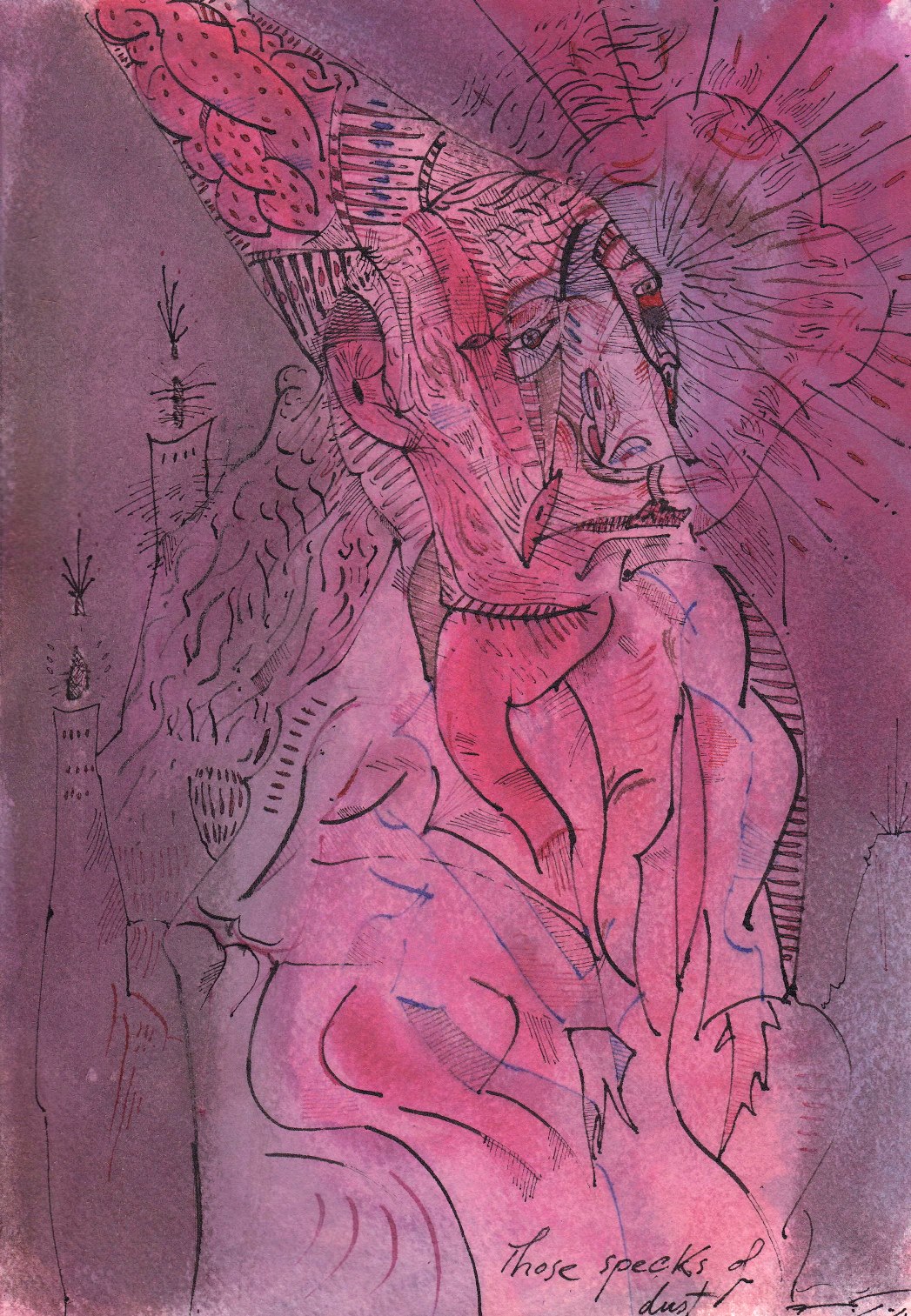
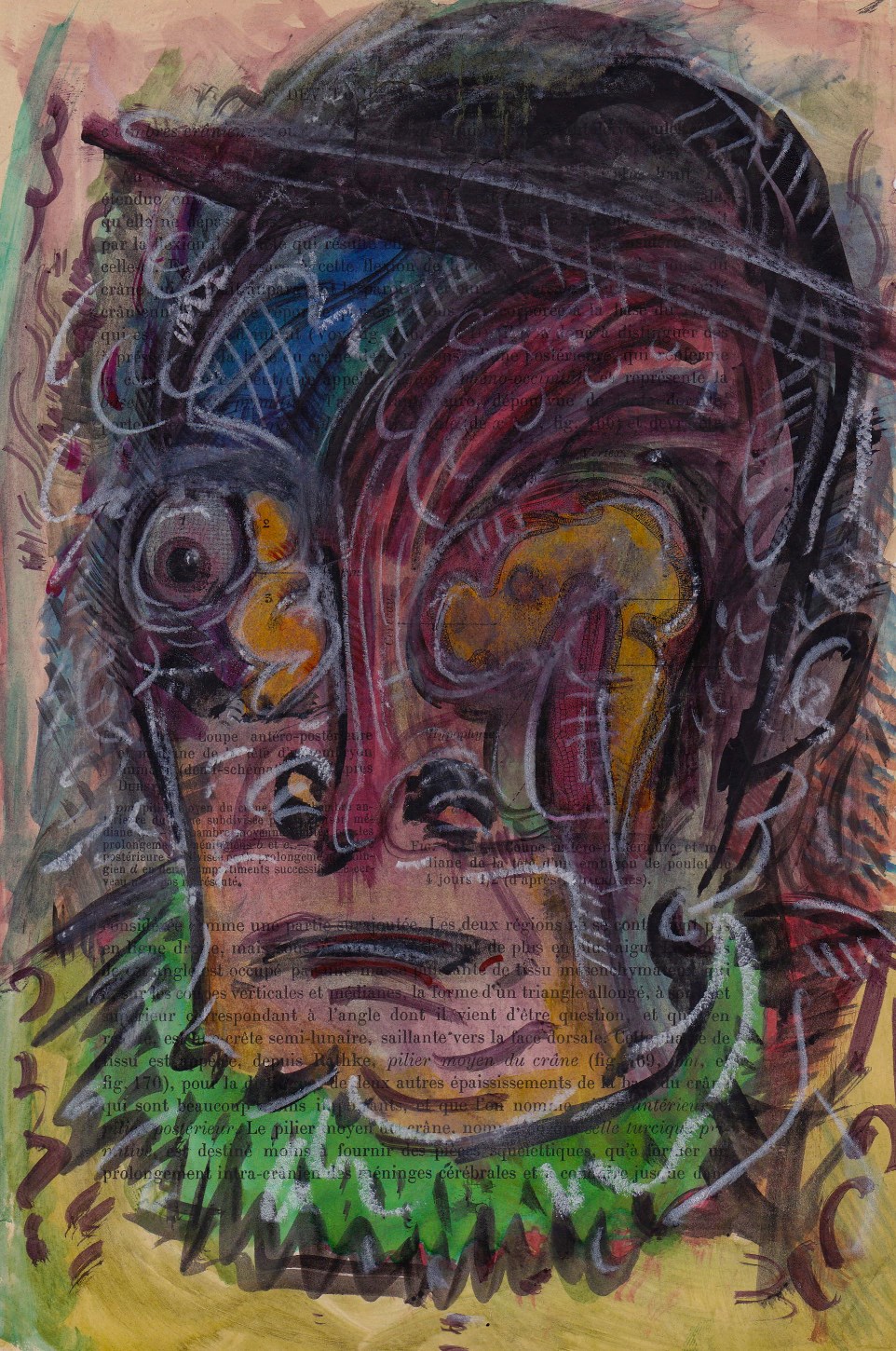
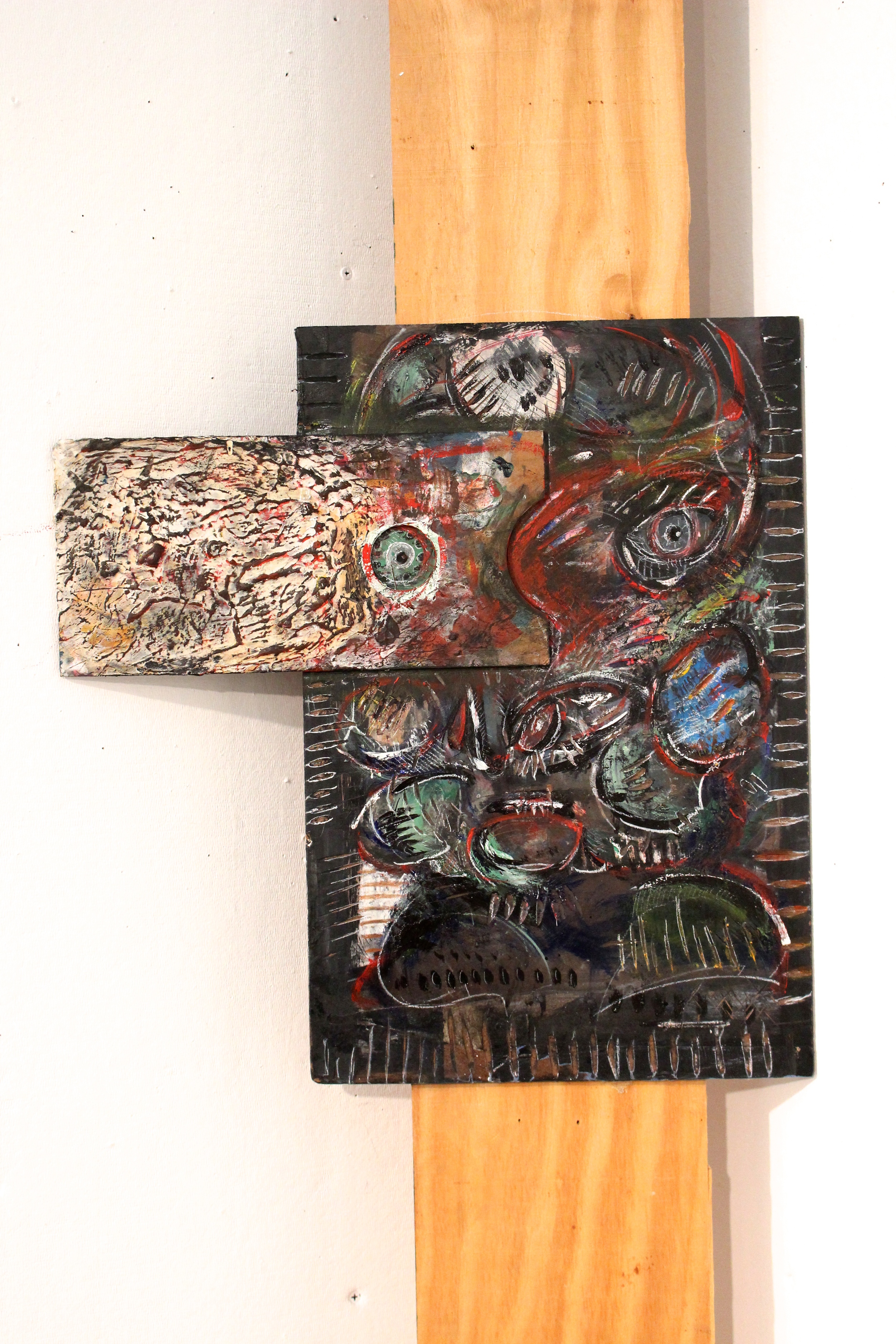
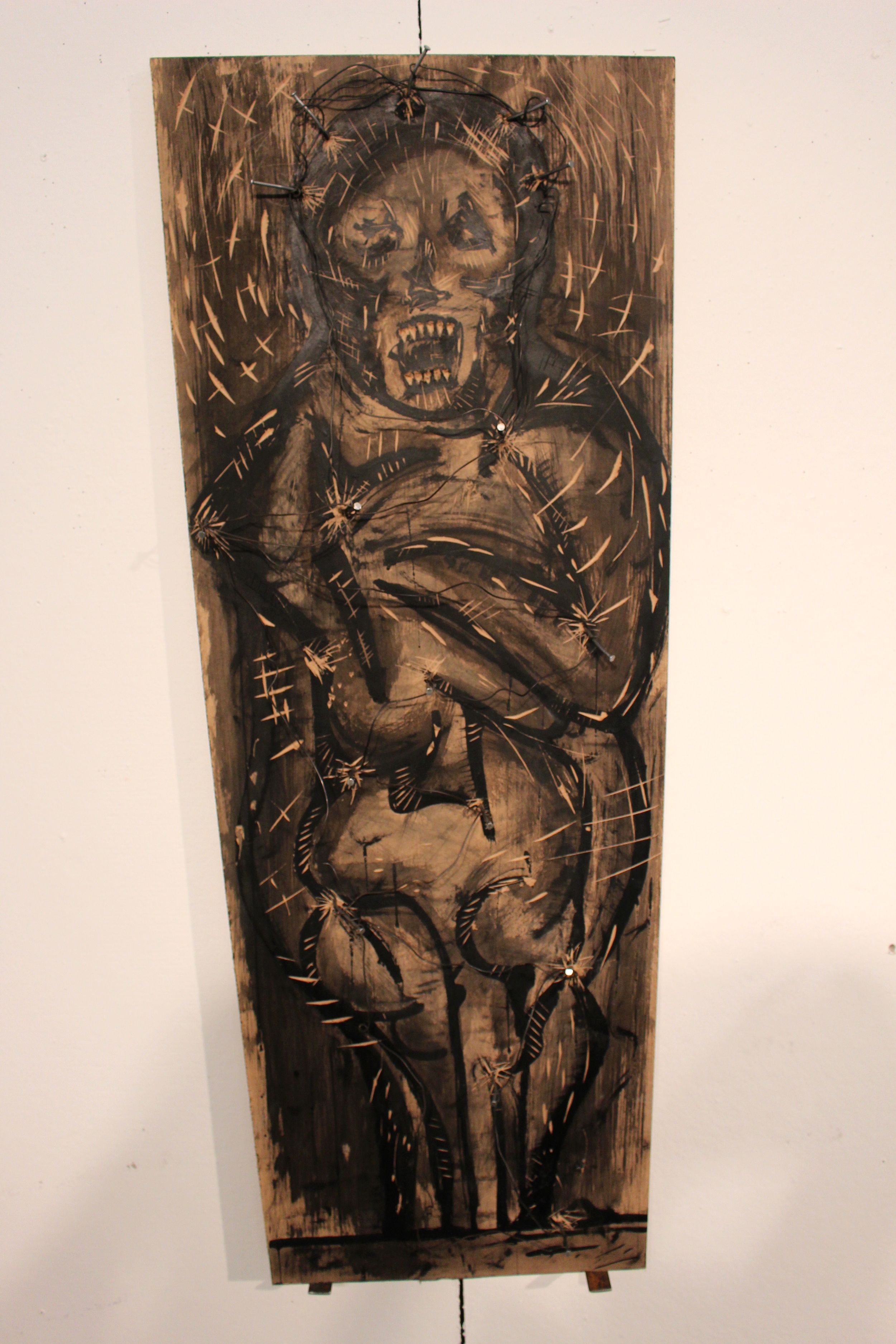
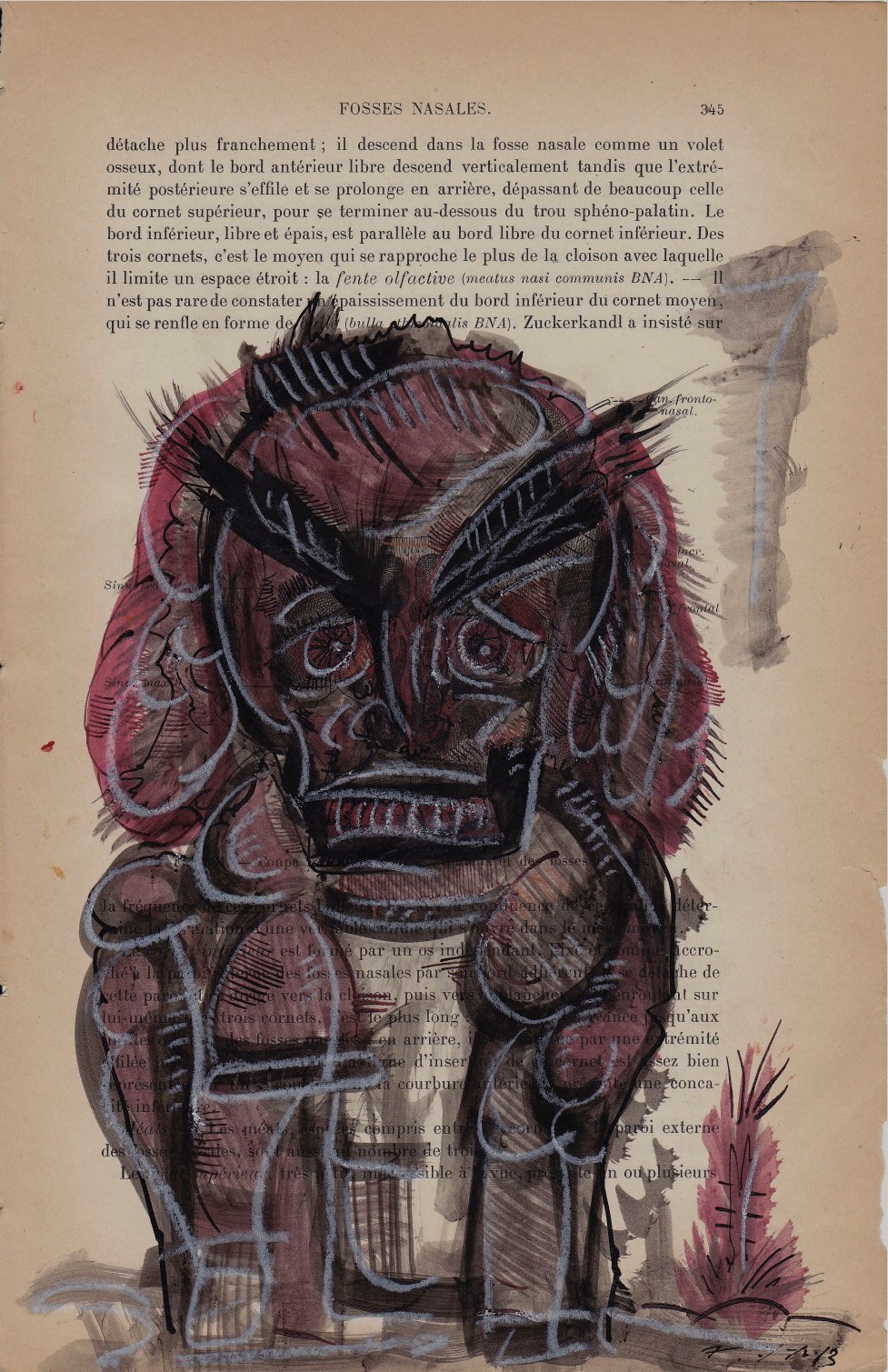
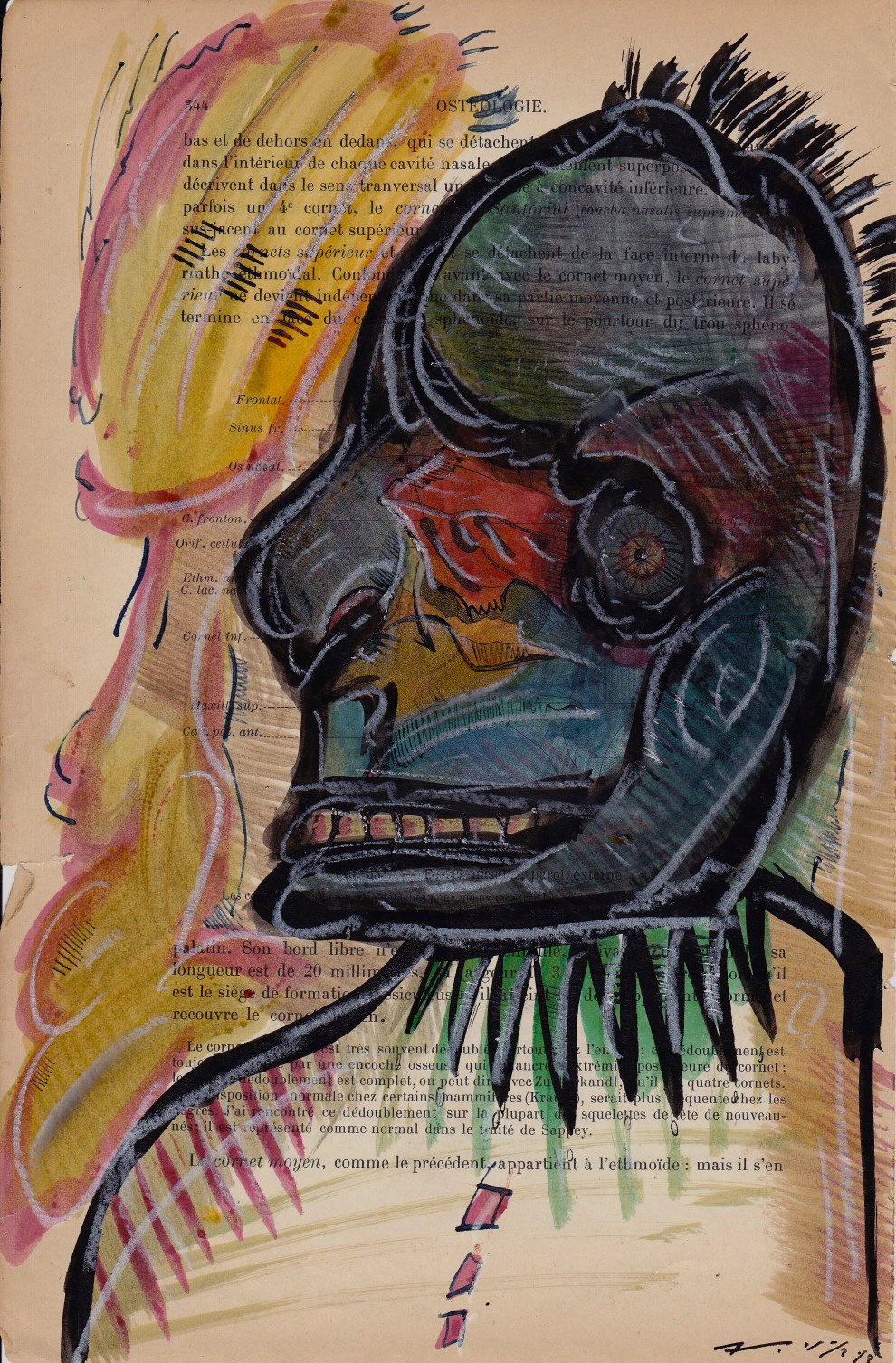
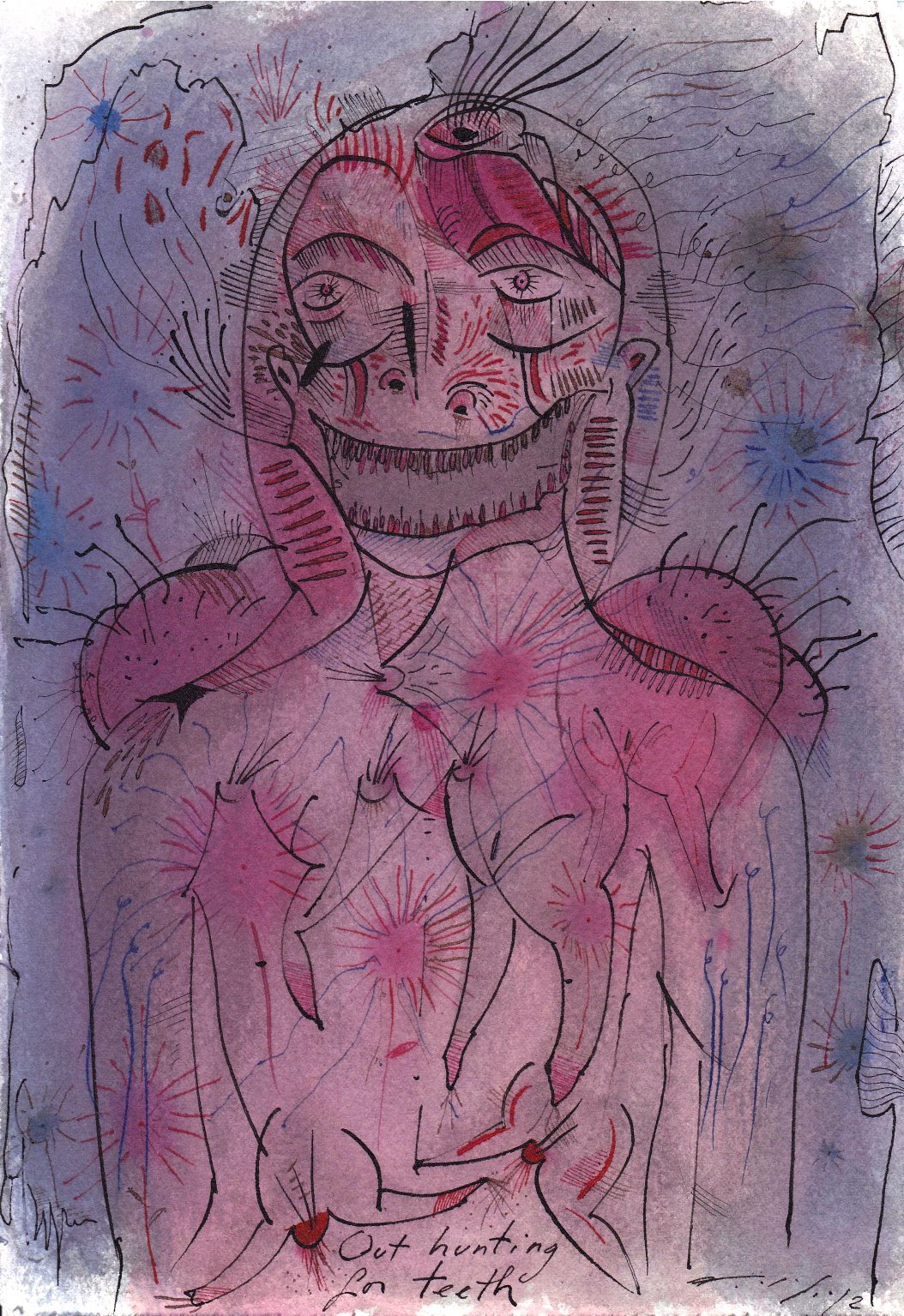

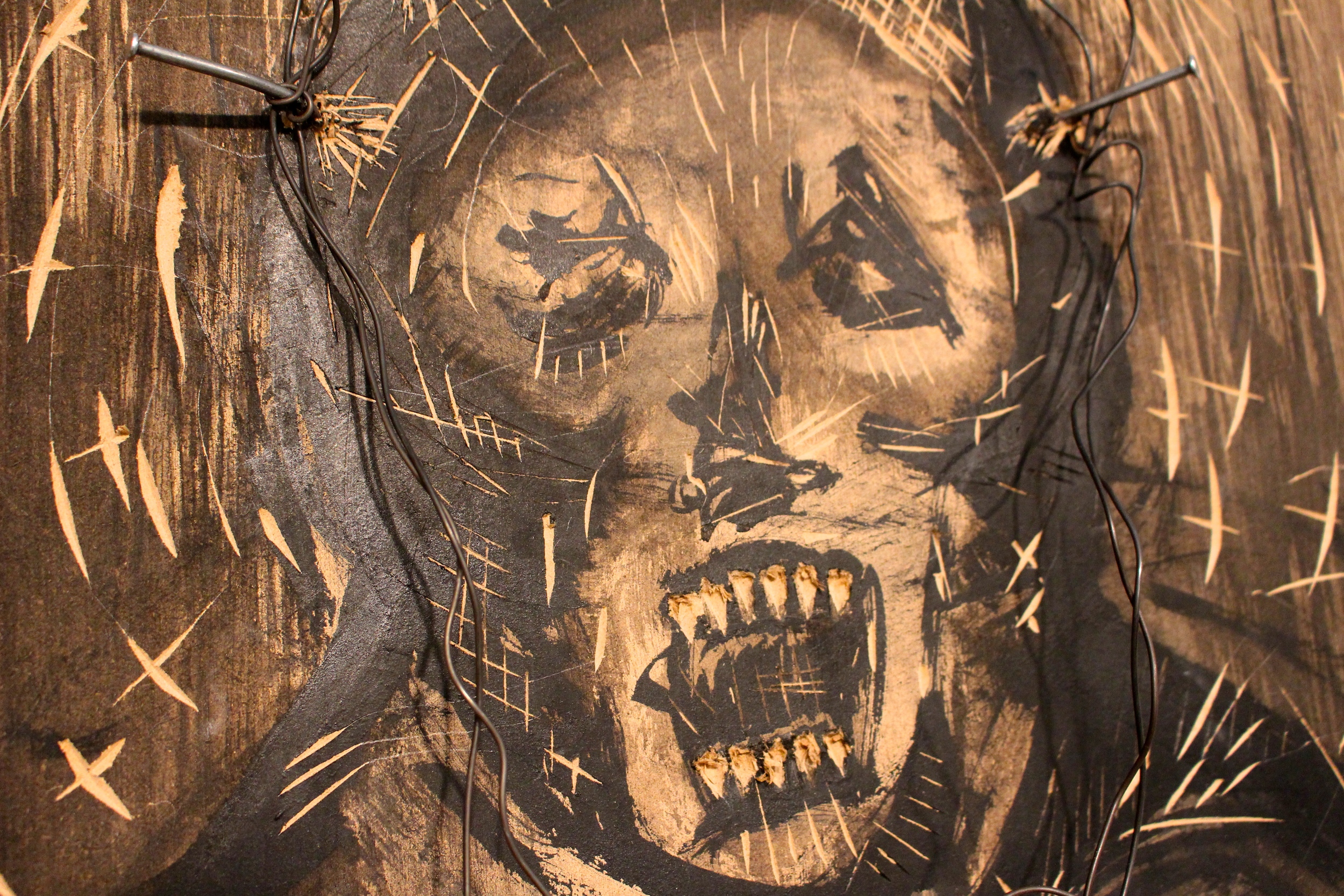
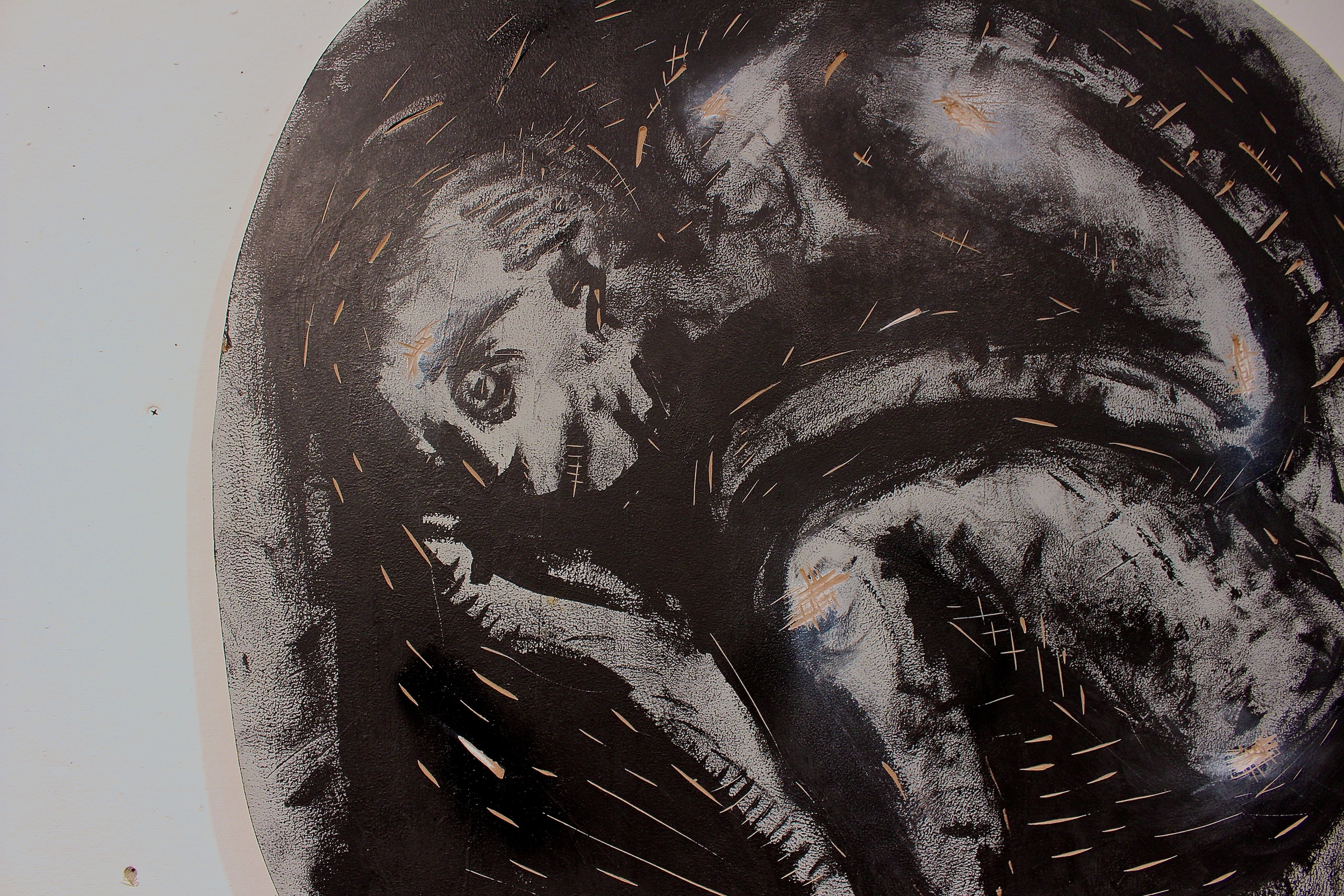

All art tells a story, but Alexis de Chaunac (’14)’s art starts with a story. Using elements from history, literature, and religion, de Chaunac’s drawings create their own myths, working over each piece’s source of inspiration to rediscover the human face and figure.
While de Chaunac has always been drawing, the focus of what he calls ‘myth making’ in his drawings can be traced back to a literature class on the Bible and epic literature taught by Professor Bill Shullenberger during his first year at Sarah Lawrence College. “It does not matter the size of your imagination, you just need to follow the archetype” explained de Chaunac. His works are not reproductions, but instead reimagined pieces that peck away at the lifeline of each myth.
“Drawing is my base,” continued de Chaunac, “but I never wanted to take drawing classes. I did not want to lose my style. When you go back to learning how to paint or how to draw a still life or a nude, you go back to the basic fundamentals, so it is very difficult to find your own style there.”
Alexis de Chaunac cited inspiration from diverse artists like Rembrandt, Francisco de Goya, Eugene Delacroix, Egon Schiele, Pablo Picasso, and Francis Bacon, which he groups together as ‘chroniclers of the human condition.’ His own artistic rendering of humanity comes from epic muses. “I use drawing as a starting point,” he said, “by myth making from personas like Oedipus, Jesus Christ or Dante, I’m taking archetypes and working out of them to explore the primitive aspects of the human being.”
Saint Sebastian (Figurative)
Coming to Sarah Lawrence College was not an automatic decision for de Chaunac but ultimately was the right one. “I was at some point choosing between going to an art school or getting a liberal arts education,” he explained, “Sarah Lawrence offers resources from the humanities and sciences that are sources of inspiration. You can study a large variety of courses. Sometimes it is the class you never expected to take that brings you a completely new perspective and becomes the field you would like to further study,” said de Chaunac, who is graduating next month. “At twenty years old, you are not fully aware of where you want to go, and this is the moment of discovering yourself and your interests.”
Alexis de Chaunac uses mostly Chinese ink, chosen for its fluidity, gouache, and watercolor paints as the mediums for his drawings. This year he is taking an interdisciplinary studio seminar class with Professor Gary Burnley. All of de Chaunac’s pieces are completed in one sitting. But recently, with Burnley’s prompting, he has started to draw on a larger scale, finding different ways to explore and work with different mediums.
“It is a constant process, and you will never have a final piece,” de Chaunac said. “Sometimes the first idea you put on paper is the most effective and as you keep working on it, you lose it. I try to capture the movement in one single piece in one moment. Even when it is just a study.”
Some of de Chaunac’s most recent pieces center around early Christian martyr Saint Sebastian, who is commonly depicted as being tied to a tree or post, pelted with arrows. Trying to go back to the essence of the story, de Chaunac’s drawings reach the central abstract idea of the figure attached to the pole. One of these pieces made it into The Interdisciplinary Show.
“Art and the sacred have always been connected as art questions death and challenges the passage of time. Even if today, art and the sacred seem to be separated from one another, my work has firm roots in the past,” he further explained.
Alexis de Chaunac has studied filmmaking during most of his time at Sarah Lawrence, which ties into his use of narrative in his visual art. “My interest in film came from drawing,” he said, “I started drawing, and I saw that there were stories behind there, so I started to write short stories. I then looked for a way to combine text and visuals through film.” Studying visual arts this year is a full circle for de Chaunac.
“I’ve always been drawing,” he continued, “but it is a bit on and off. This year in particular I am more focused on drawing after studying History of Art abroad at the University of Oxford, where I had access to the drawings of masters such as Michelangelo, da Vinci, Rembrandt or Turner. I decided to go back to this passion.”
While de Chaunac’s drawing center around, “trying to make the human face as a constant rediscovery,” his focus of drawing also influences his filmmaking. “My interest in the human face is also the reason why I’m more interested in film rather than theater. In film, through the close-up you can see how the human face expresses different emotions.”
Talking about his art, de Chaunac described the creation process as a series of steps. “Filmmaking is separated between budgeting, writing, shooting, editing, so it is all about periods of time and cycles,” he explained. Drawing is de Chaunac’s first step of filmmaking; it is where he plots out his ideas.
Saint Sebastian (Abstract)
Drawing is also a therapeutic process for de Chaunac. “You are by yourself, you are confronted by a white page of paper and you are literally confronting yourself. Making a film demands a lot of people and money, and this is just a piece of paper. It enables a certain instantaneous immediacy. You have an immediate result, and there it is, the piece stands in front of you.”
Besides myths and rediscovering the human form, de Chaunac is also interested in the line. “I’m interested in the line because it can express more than words. The line can be used to create a language that convey something throughly.” He added, “Drawing is a transcendental language that anyone can understand.”
Part of de Chaunac’s inspiration from the use of the line comes from The Ashmolean Museum collection of Chinese ideographs at the University of Oxford. The collection includes the work of Xu Bing’s Landscripts, landscapes made out of Chinese calligraphy. “When you’re writing the name of the object by drawing it,” said de Chaunac, “you do not need to know Chinese to know what it means.” Instead, the language of art plays a bigger role than actual language.
Another artist de Chaunac cites is Tsuguharu Foujita, who lived in Paris. “He combines at the same time Western representation with traditional Japanese techniques,” explained de Chaunac. Because of his own background, de Chaunac admires this incorporation of traditions. “Because I’m multicultural myself – I was born in New York City, my mother is Mexican, and my father French – I like this idea of combining cultures through art. Art does not have to be French or American but instead a combination.”
Born in New York City, and raised during his formative years in Mexico City, before moving to Paris for most of his schooling, de Chaunac cites his multicultural heritage as a source of inspiration in his art. “I was certainly inspired by the five years spent during my childhood in Mexico City close to my grandfather, Jose Luis Cuevas, major Mexican artist who challenged the Mexican muralist movement headed by Diego Rivera, Jose Clemente Orozco and David Alfaro Siqueiros. Living in different cultural traditions did also affect my work, in particular being surrounded of European culture during the ten years I lived in Paris,” he said.
After his graduation from Sarah Lawrence, de Chaunac plans to return to Europe. Fluent in English, Spanish, and French, de Chaunac’s options in Europe are plentiful, and New York City is not totally off the list either. In May through June, Art 3 Gallery is exhibiting de Chaunac’s work alongside other artists in their Brooklyn Gallery.
by Sarah McEachern '17
smceachern@gm.slc.edu
